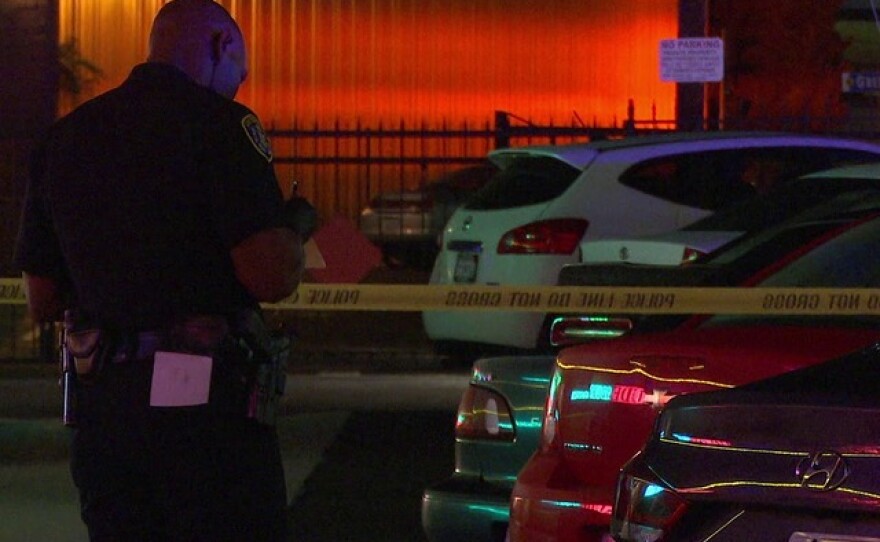No criminal charges will be filed against a San Diego police officer who shot an unarmed man in the Midway District in April, District Attorney Bonnie Dumanis announced Monday.
Dumanis said that Officer Neal Browder believed his life was in danger when he shot 42-year-old Fridoon Rawshan Nehad, because police radio calls had said Nehad was armed with a knife.
"Officer Browder's decision to shoot Mr. Nehad was reasonable and he therefore bears no criminal liability for his actions," she said at a news conference Monday afternoon.
Dumanis said it turned out Nehad was waving a pen but was twirling it in his hand with his arm at a 90-degree angle, motions she said are consistent with someone opening and closing a butterfly knife.
She said when Browder arrived on the scene shortly after midnight on April 30, Nehad crossed the alley and walked toward him, and continued advancing despite Browder's warnings to stop. Just 32 seconds after arriving, Browder shot and killed Nehad.
"Officer Browder had just seconds to make his decision," she said.
Nehad was diagnosed with schizophrenia and bipolar disorder, according to court documents. He was born and grew up in Afghanistan and was drafted into the Afghan army as a teenager.
“While serving, he was captured by one of the Mujahideen groups,” the court document says. “He spent nearly two months in captivity and was only released after his mother met face-to-face with the kidnappers and pleaded for the release of her son.”
His family said Nehad “likely was tortured” and suffered from PTSD after his kidnapping. He followed his parents to the United States in 2003 and went to jail for burglary in 2008. His mother, a U.S. citizen, filed a restraining order against him shortly before he was killed because police told her it would help him get into a shelter, according to the lawsuit.
Browder was wearing a police body camera during his encounter with Nehad, but he did not activate it. After the shooting, the Police Department changed its body camera policy to require officers “to start recording prior to their arrival on radio calls that are likely to result in an enforcement contact." Previously, they had to begin recording just before making contact with a citizen.
KECO, a nearby business, had a security camera that recorded the incident. Requests by the news media to see the video and Browder’s statement about the incident have been denied by law enforcement. KPBS and other news organizations are pursuing a lawsuit to force the video to be released. It is currently being considered in U.S. District Court.
The family of Nehad obtained the video in their own federal lawsuit and said they would be willing to release it but have been barred from doing so.
Dumanis said Monday that the surveillance video lacks context.
"The video captured this incident from one angle, high up on a pole, without audio," she said. "It did not capture what Officer Browder could see, what he sensed, what he said, or what he reasonably believed. Should video ever be released in the future, I hope the public will view it in the context of all the evidence, as we did."
A sworn statement from a KECO employee said he watched the video 20 to 30 times and that it was “was shocking to me and, I believe, to anybody else who sees it.”
“Without notice, when (Nehad) was about 15 feet away, Officer Browder raised his weapon and shot (Nehad),” the statement said.
Police Chief Shelley Zimmerman has said repeatedly she does not plan to make police body camera video public except in a “riot type situation,” where public safety is at risk because of an uproar over a police shooting. She has been criticized for that stance, which is much stricter than in other large cities.
The Police Department also refused to release the security video of Nehad’s shooting, leading to the lawsuit by KPBS, inewsource, The San Diego Union-Tribune, 10News and Voice of San Diego.







